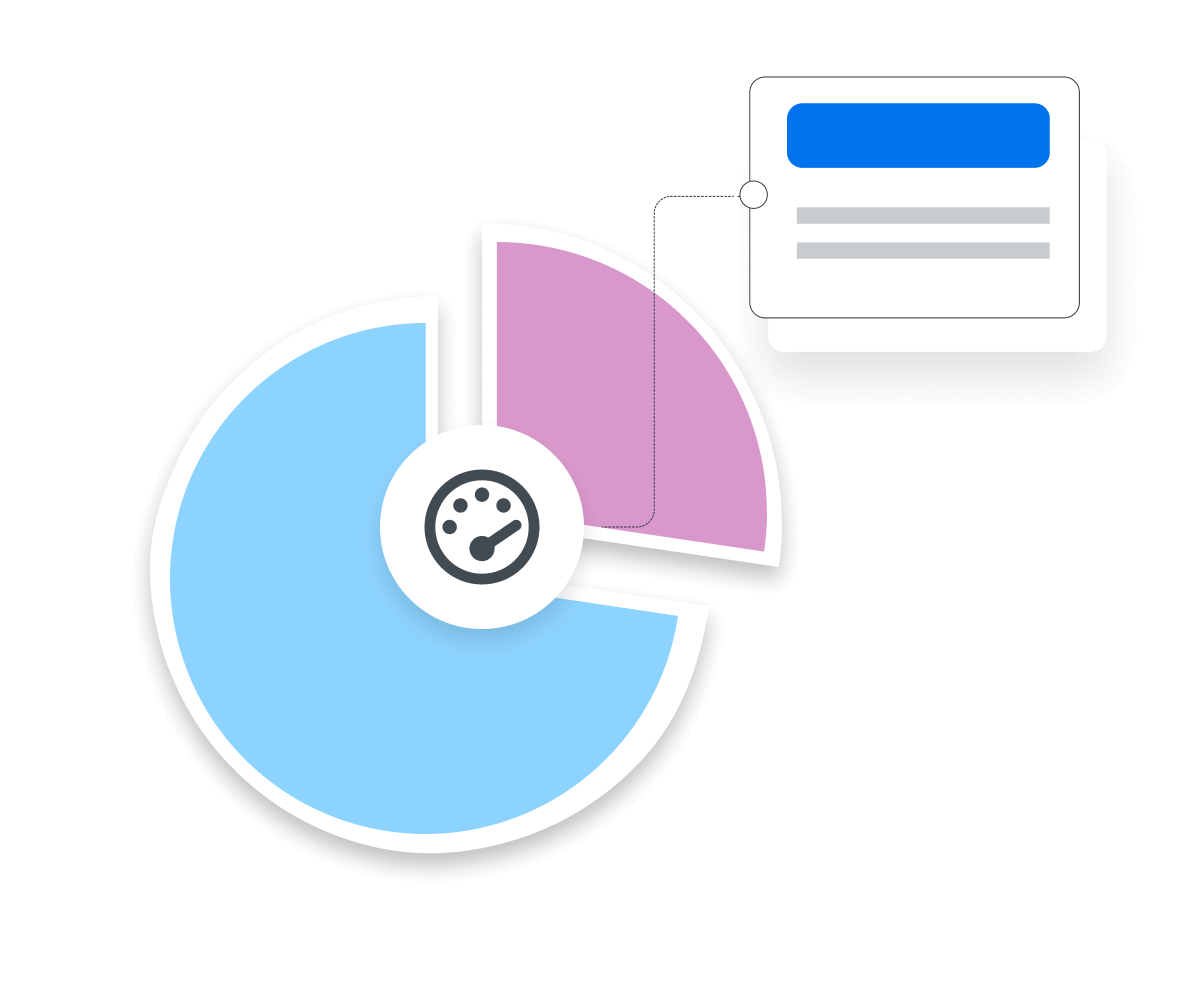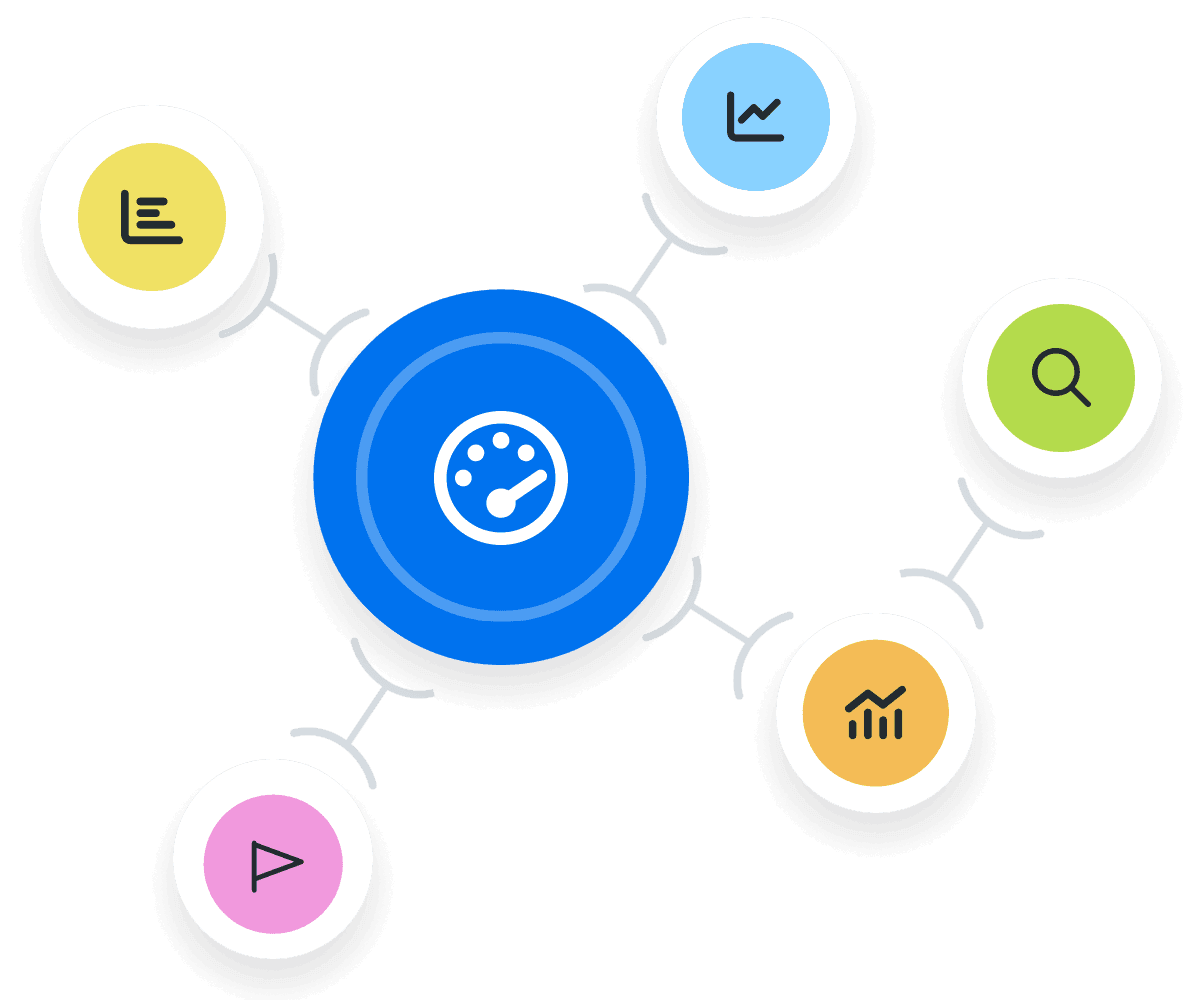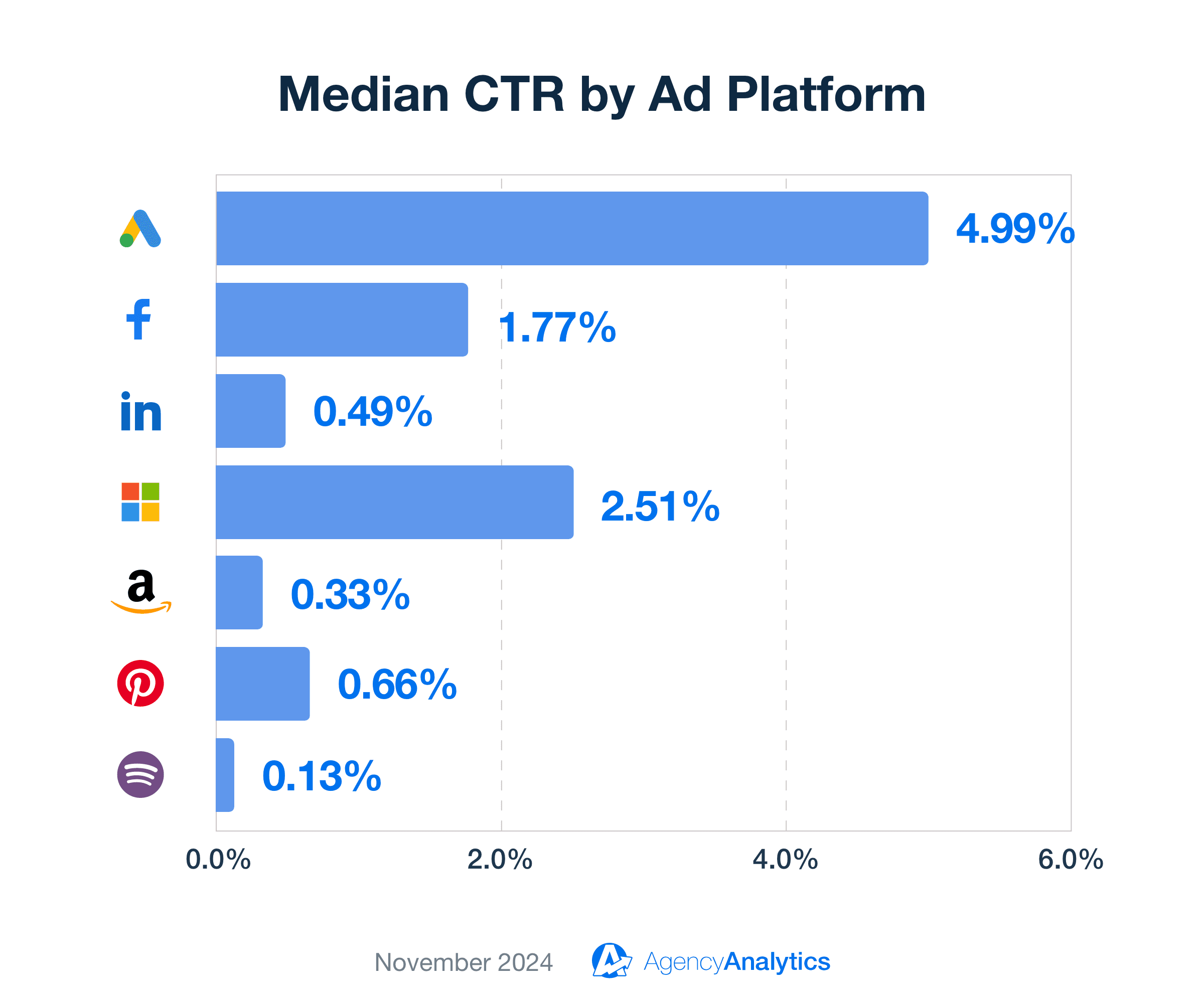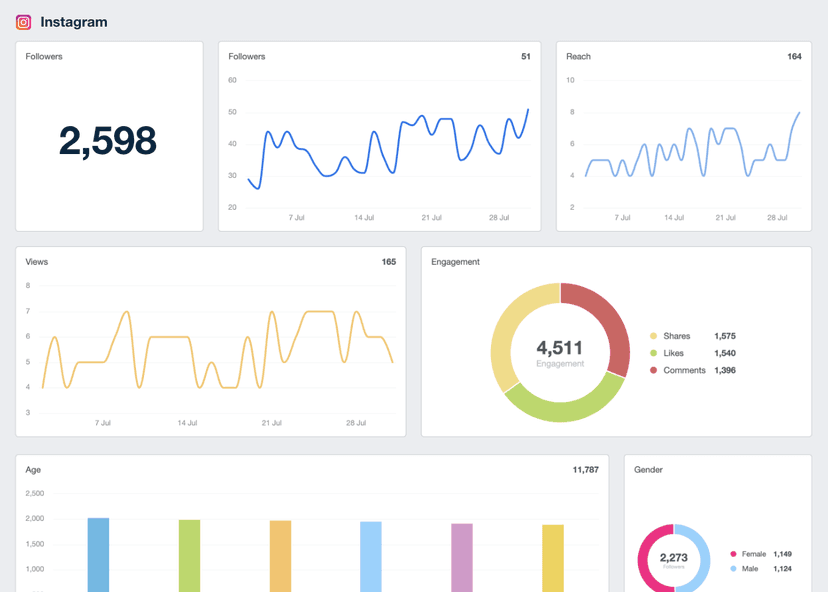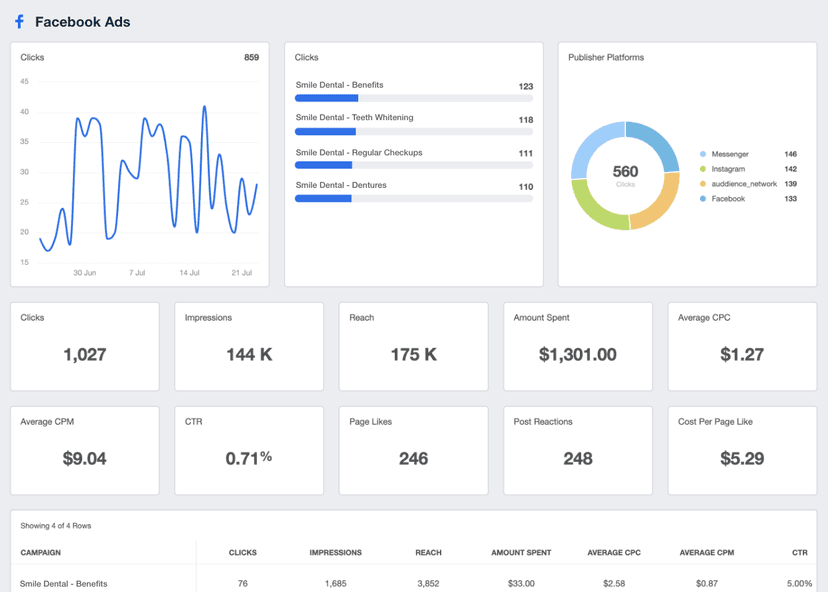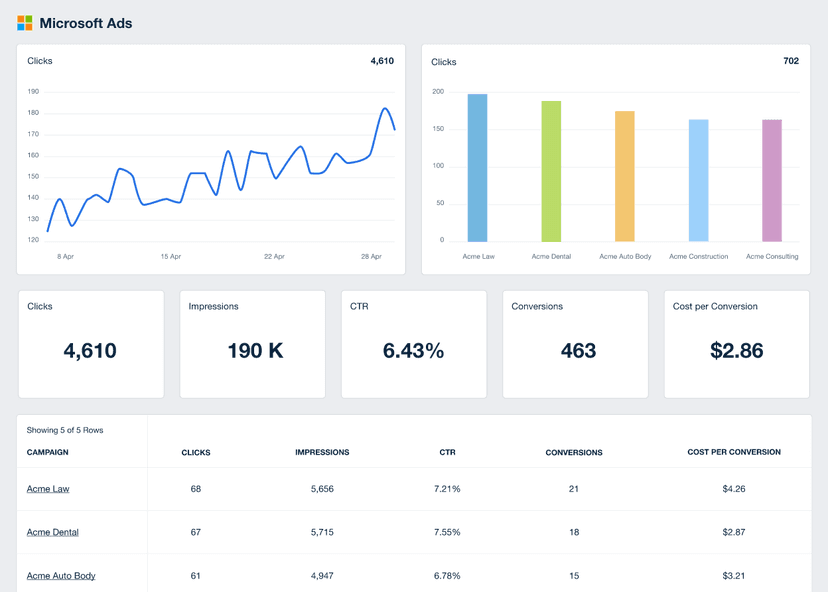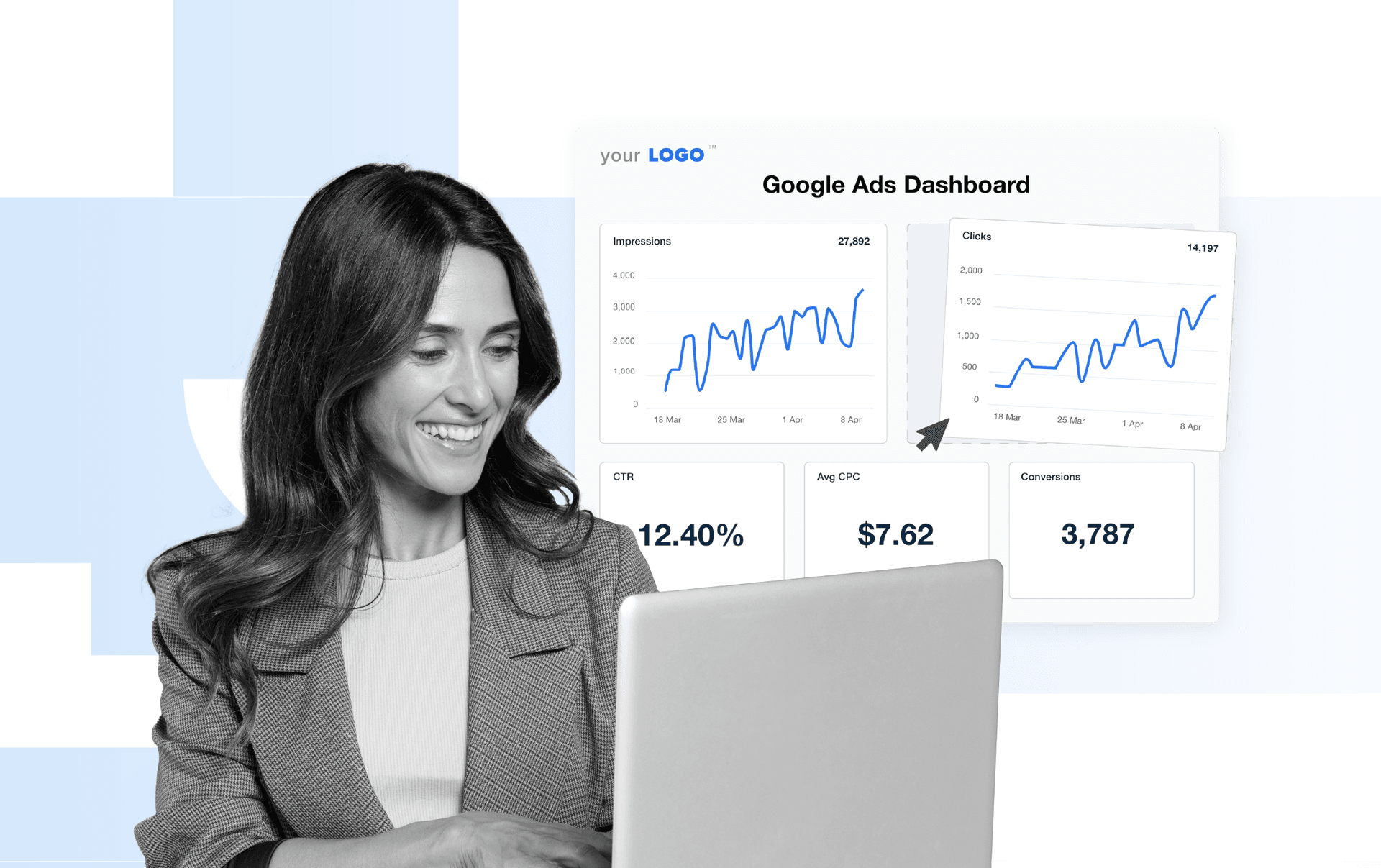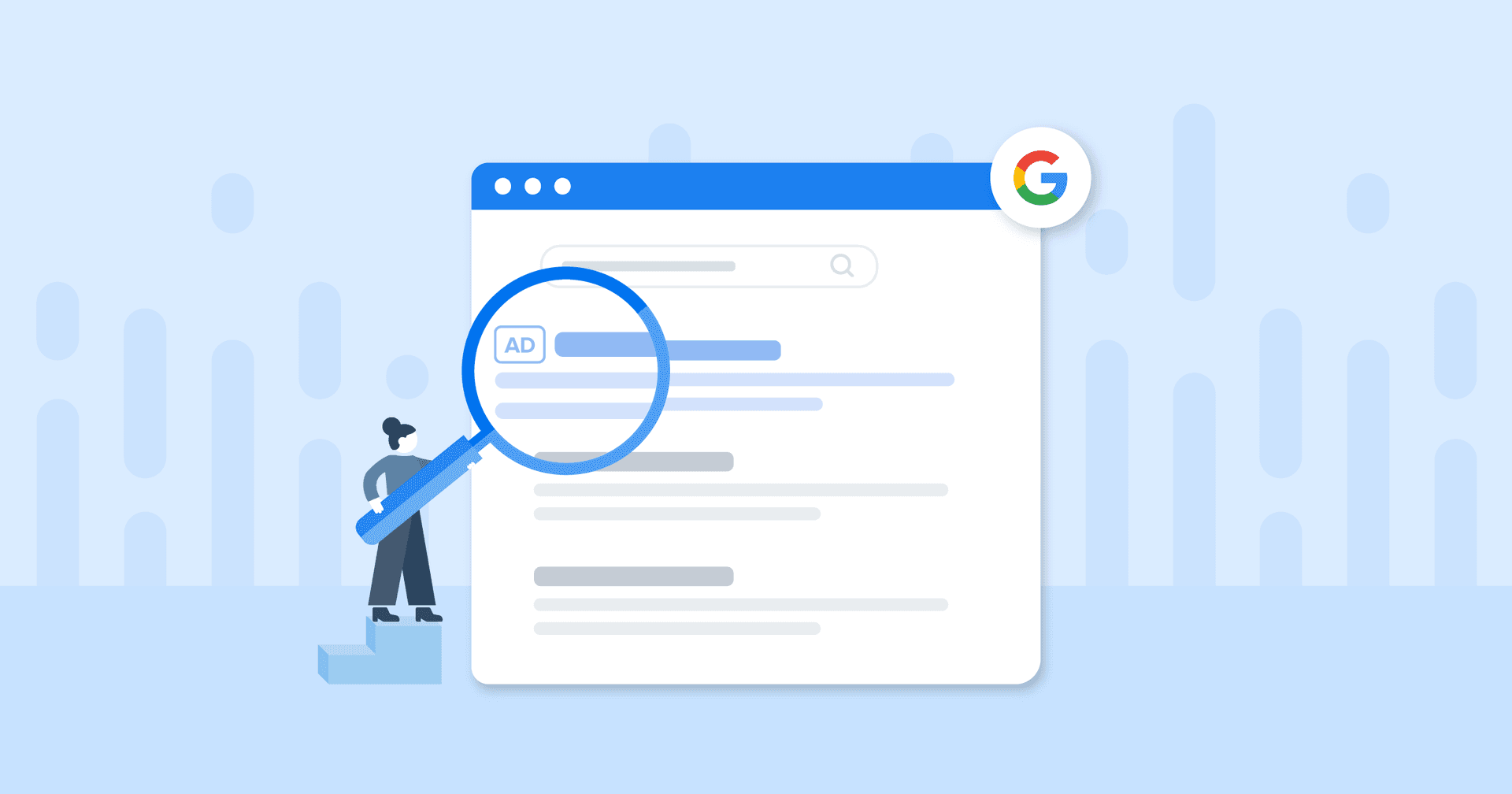Click-Through Rate (CTR)
A/B Tests
CTR guides decisions on design and content in split tests.
Improved Targeting
CTR is used to prompt real-time targeting adjustments for ad campaigns.
Spot Winners
Identify ads that resonate with audiences.
Showcase Success
Highlight CTR in client reports to show off creative success.
Why Click-Through Rate Is Important
Click-through Rate is a critical metric for evaluating the success of digital ads, content, and online marketing campaigns. A high CTR indicates that an ad effectively captures audience attention and encourages engagement, providing crucial validation for advertising strategies. It directly impacts budget decisions, helping to allocate resources where they yield the most return. Additionally, CTR helps in assessing the effectiveness of marketing efforts by measuring how well different campaigns perform at various stages of the customer journey.
Click-through Rate serves as a universal metric across various channels and campaign types, including search ad and other PPC ad campaigns, social media posts, emails, and more.
Additionally, CTR is critical for assessing the efficacy of advertising creatives. It serves as a barometer for message resonance, indicating whether an online ad has visuals, text, or a call-to-action that hits the mark. A high CTR signals not just the success of a campaign but the quality of its components, making it essential for both performance optimization and creative fine-tuning.
Stop Wasting Time on Manual Reports... Get Insights Faster With AgencyAnalytics
How the CTR KPI Interacts With Other KPIs
Click-through Rate (CTR) is one of the fundamental metrics that measure and analyze digital marketing key performance indicators (KPIs) for campaigns. Along with other fundamental metrics like CAC and CPA, CTR collectively shapes the story of an online marketing campaign’s success. The CTR tells part of the complete customer journey from the initial ad impression to the click to engagement to conversion.
For instance, a high search ads CTR can lead to a better quality score in search advertising platforms like Google Ads. A better quality score, in turn, increases ad rank and reduces the cost per click (CPC) on PPC ads, enabling a campaign to achieve more with the same budget.
CTR also has a direct relationship with conversion rate. While a high CTR suggests that the ad or content is engaging, the conversion rate confirms whether this engagement translates into desired actions, such as purchasing or signing up for a newsletter.
Comparing Paid and Organic Click-Through Rates
Differentiating between Paid and Organic Click-Through Rates is fundamental. Paid CTR, linked to clicks from paid ads on platforms like Google Ads, measures the direct effectiveness of advertising investments. This metric is crucial for assessing how targeted ads perform in engaging audiences.
Organic CTR, derived from clicks on non-paid search results and social media content, reflects the content’s relevance and the success of search engine optimization strategies. It’s an indicator of how well content resonates with audiences naturally.
A comprehensive analysis of both metrics is essential, as it provides insights into audience behavior and guides marketers in refining their strategies for both paid and organic content, ensuring a robust and effective digital marketing approach.
After defining the goals and objectives with our client, we identify the key metrics for the campaign. We typically look at CTR, Conversion rate, cost per conversion, and ROAS. We also take a look at the lifetime value of a customer to show the efficacy of long-term ROI. We compare these stats over time and chart out the progress using graphs. This also highlights our efforts in the continued optimization of the campaigns.
How To Calculate CTR
Calculating the Click-through Rate involves fundamental division. Simply divide the number of clicks an ad receives by the number of impressions it gets. The outcome offers an immediate measure of an ad's effectiveness.
Generally presented as a percentage, this metric is crucial for evaluating single ads and overarching campaigns. It provides actionable data for adjustments to targeting or messaging.
CTR Formula Example
What is a Good Average Click-Through Rate?
A good average Click-through Rate hovers around 3% to 5% for search ads and slightly less for display ads. For B2B social ads, like Facebook, the CTR hovers closer to 1.5%, so anything above that would be considered reasonable. However, in the B2B space, including LinkedIn, CTR is far lower - coming in at a median value closer to 0.5%.
High CTRs indicate that an ad successfully captures audience interest and stimulates action, a clear signal to continue, or even increase, investment.
What is a Bad Average Click-Through Rate?
A bad average CTR is generally anything below 1% for search engines and even lower for display or social ads.
Low CTRs are a warning sign, suggesting that an ad's message, targeting, or design may require immediate adjustments. However, it's also important to consider the client's industry, as CTRs can vary greatly between niches.
Setting CTR Benchmarks and Goals
Average CTRs will vary based on the platform, ad type, position, and other factors. If standard benchmarks aren't suitable, agencies often set custom benchmarks by analyzing historical data or industry trends. This personalized approach offers a nuanced understanding of campaign performance, allowing for more targeted improvements.
Median CTR by Ad Platform
Wondering how your ad campaigns stack up? Based on performance benchmarks from over {{campaign-count}} campaigns, the median click-through rate (CTR) by ad platform ranges from 4.99% for Google Ads to 0.49% for LinkedIn Ads across all industries, but this data also varies based on the specific campaign or niche.
For example, the median CTR for all Google Ads is 4.99%, but for Dental Services, it spikes to 6.21%.
Want to dig deeper into these benchmarks? Easily explore and compare performance to industry standards and set your agency apart. Get started with a 14-day free trial.
Why Click-Through Rate Matters to Clients
For clients, the Click-through Rate is like the pulse of their campaign. A high CTR usually means the message resonates with the audience, and is often the first KPI clients want to know.
This metric directly influences the client’s bottom line, as a higher CTR generally leads to more conversions without an increase in ad spend. Clients see CTR as a gauge of initial interest, a prompt indicator of whether their investment is starting on the right foot. CTR is one of the key indicators used to measure the effectiveness of marketing efforts.
Why Click-Through Rate Matters to Agencies
From an agency standpoint, Click-through Rate is much more than just a client-pleasing number; it's an operational compass. A high or improving CTR validates an agency's strategic and creative direction, including audience targeting, search engine optimization, and message formulation. It helps agencies understand what captures attention and triggers action, which is essential for optimizing ongoing or future campaigns.
CTR also acts as a feedback mechanism for the agency's internet marketing and creative teams. A fluctuating CTR flags real-time opportunities or challenges for agencies, allowing for timely adjustments. This feedback loop ensures that the agency's work meets and exceeds client expectations.
Discover the All-in-One Reporting Tool Trusted by {{customer-count}}+ Marketing Agencies
Best Practices for Analyzing and Reporting on Click-Through Rate
Analyzing CTR from multiple perspectives helps improve ad strategies. This thorough approach shows what's effective and what's not, leading to better decisions and more effective campaigns.
Analyze CTR Over Time
Reviewing CTR over different periods helps detect patterns or changes in effectiveness. It reveals whether a marketing strategy is gaining traction or needs revision.
Compare CTR Across Channels
Comparing CTR across platforms like social media, search, and email gives a fuller picture. Knowing which channel performs best allows for more targeted resource allocation.
Measure CTR Across Campaigns
Evaluating CTR across multiple campaigns provides a benchmark for performance. It highlights which themes or messages drive more clicks, aiding in future campaign planning.
Put CTR in Context
CTR doesn't stand alone. Viewing it alongside other metrics like Conversion Rate, Customer Acquisition Cost, and Cost Per Click helps clients understand how users are moving through the sales funnel.
Visualize CTR Performance
Visual aids like charts simplify CTR data. Time-series charts show improvements over time, while pie charts illustrate how CTR varies across different platforms or campaigns.
Align CTR to Client Goals
When discussing CTR, linking it to larger client goals, such as brand awareness or lead generation, is essential. Each click is a measurement of progress toward those goals.
FAQs About Understanding and Boosting Click-Through Rate (CTR)
CTR is one of the most important metrics in digital marketing. These FAQs explain what it means, why it matters, and how your agency can optimize campaigns across channels.
Click-Through Rate (CTR) measures how often users click on a link or ad after seeing it. It’s calculated by dividing the number of clicks by the number of impressions, then multiplying by 100. This gives a percentage that reflects how effectively an ad or content drives engagement.
To boost CTR, focus on attention-grabbing headlines, relevant and compelling visuals, and clear calls to action (CTA). Use A/B testing to fine-tune elements like copy, layout, and imagery. Every adjustment should be backed by data and reasonable conclusions.
CTR is a core metric across multiple channels because it directly measures user response to marketing efforts. For example:
In PPC campaigns, CTR influences Quality Score and determines how efficiently ads compete in auctions. Agencies use CTR benchmarks to refine ad copy, test ad groups, and optimize around target keywords to achieve higher Quality Scores and reduced media spend.
In email marketing, CTR highlights whether content and subject lines inspire subscribers to act, making it one of the most telling performance indicators for email marketers. CTR guides subject line testing, link placement, and content strategy—helping agencies craft more compelling emails that drive click-throughs.
On organic channels, CTR reflects how well titles and descriptions attract clicks from search results. CTR highlights whether titles and meta descriptions align with search intent, leading agencies to adjust messaging for more clicks from the same impressions.
Across all channels, CTR helps agencies compare performance at the campaign or channel level and uncover which strategies generate the most engagement.
CTR is an important metric because it shows how effectively a campaign compels users to take action across multiple channels. For example:
In PPC campaigns, a high click-through rate signals strong ad copy, relevant keywords, and alignment with search intent—boosting Quality Score and lowering costs.
In email marketing, CTR reveals how well subject lines and links drive open rate and engagement.
For SEO, CTR from organic results indicates whether titles and descriptions are compelling enough to make people click.
On websites, CTR from landing pages or call-to-actions highlights whether content resonates with visitors.
Because it measures the percentage of users who engage after seeing a message, CTR provides agencies with a clear, comparable way to evaluate the success of digital marketing campaigns.
A higher CTR contributes to a better Quality Score in Google Ads. Quality Score affects an ad’s position and Cost Per Click (CPC). If the ad is engaging and gets more clicks, Google rewards it with higher placement and lower costs, maximizing overall campaign efficiency.
Branded keywords typically deliver higher click-through rates because users searching for a brand name already show strong intent. Non-branded keywords often have lower CTRs but can expand reach to new potential customers. Agencies should balance both to meet client goals.
CTR often varies by device, with mobile devices generating different engagement patterns than desktop. Agencies should analyze CTR by device to ensure landing pages, ad copy, and call-to-actions are optimized for mobile user experience.
A good CTR varies by platform. For Google search ads, a strong CTR is typically between 3% and 5%. On social media, B2B ads often see CTRs closer to 1.5%, with LinkedIn ads averaging around 0.5%. Always benchmark based on the platform, niche, and goals.
CTR shows whether an ad captures attention and encourages action. It shows how well the message connects with the audience and whether the campaign is getting the right kind of attention. High CTRs often signal strong creative and precise targeting, which directly influences overall campaign success.
Google Ads Dashboard Example

Related Integrations
How To Improve Click-Through Rate
Improving Click-through Rate isn't just about tweaking a few settings; it's about focused efforts that drive tangible results. Here are a few actionable tips to get those CTR numbers climbing.
Optimize Headlines
When optimizing or developing a new digital marketing campaign, craft headlines that grab attention. Think of what captures the target audience's needs or pain points and addresses them compellingly. A head-turning headline increases the likelihood of clicks.
Use Captivating Images
Incorporate images that look great, resonate with the target audience, and complement the ad's message. Relevance and visual harmony captivate and convert simultaneously.
A/B Testing
Don't guess; test. Run A/B tests on ad and landing page elements like changing one or more links, updating images, improving text, or using CTA buttons. The data doesn’t lie and will show what's driving those clicks. A/B testing can also be applied to email marketing campaigns to improve their effectiveness by identifying which elements resonate most with the target audience.
Related Blog Posts
See how 7,000+ marketing agencies help clients win
Free 14-day trial. No credit card required.


